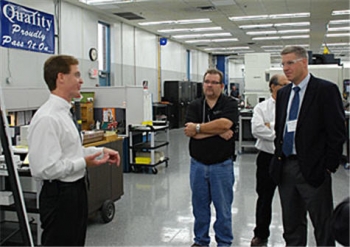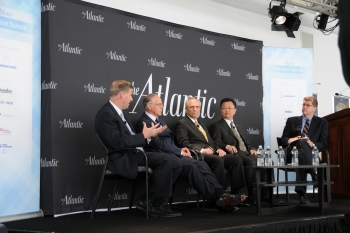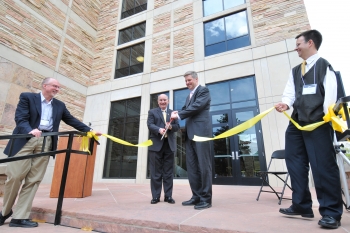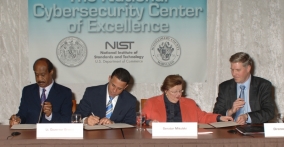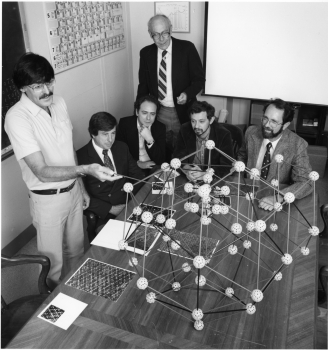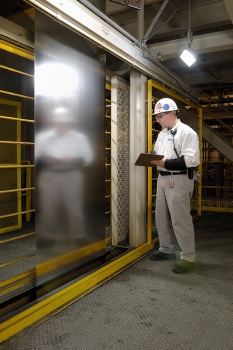NIST Director Gallagher Participates in Dedication of New Facility for Coral Reef Research
Under Secretary of Commerce for Standards and Technology and Directory of the National Institute of Standards and Technology (NIST) Dr. Patrick Gallagher today is helping dedicate the new Center of Excellence for Coral Reef Ecosystems Research (CoECRER) at Nova Southeastern University (NSU) in Hollywood, Florida.
Gallagher joins state and local officials, including Florida Congresswoman Debbie Wasserman-Schultz, and other guests, including former Vice President Al Gore and Dr. Paul Sandifer, Senior Science Adviser to the National Oceanic and Atmospheric Administration (NOAA), in the opening celebration for the “only research facility in the nation dedicated entirely to coral reef ecosystems science.”
Among the unusual features of the festivities was a morning media tour, by snorkel, of one of the center’s off-shore coral “nurseries.”
The new research facility was funded in part by a $15 million grant from NIST as part of a competitive program under the American Recovery and Reinvestment Act to support the construction of new scientific research facilities at academic institutions and non-profit research organizations. (See “NIST Awards $123 Million in Recovery Act Grants To Construct New Research Facilities,” Jan. 8, 2010).



